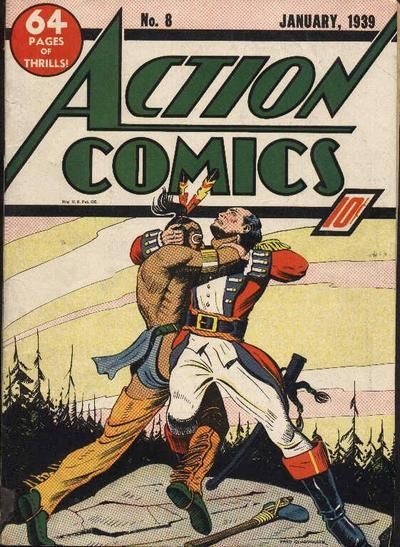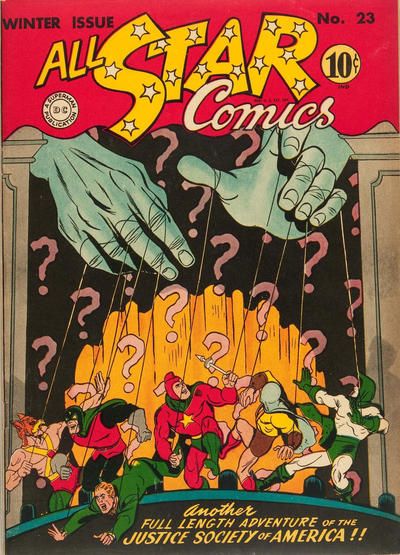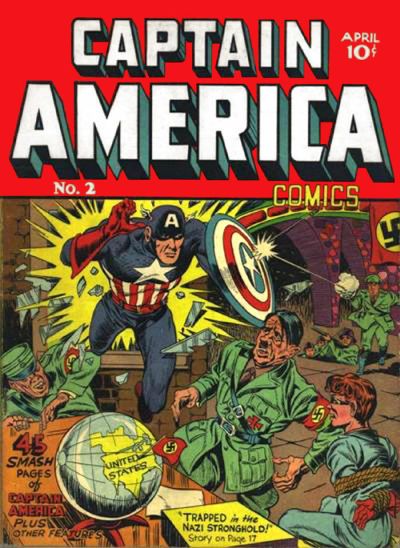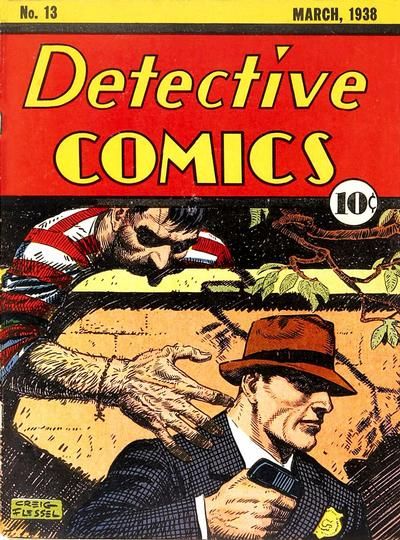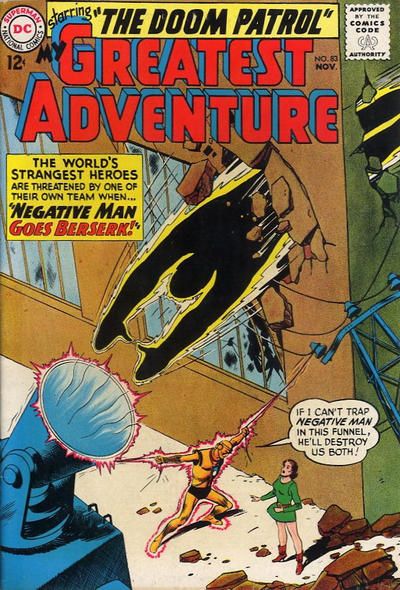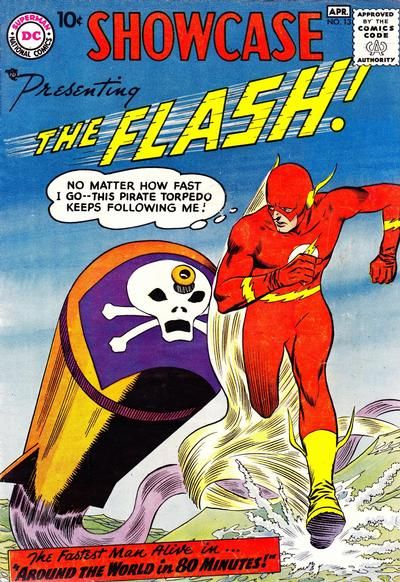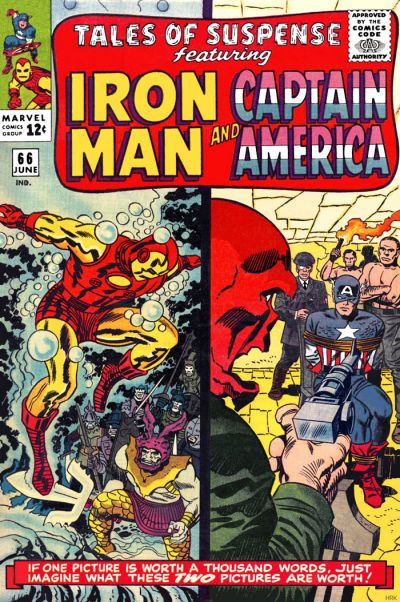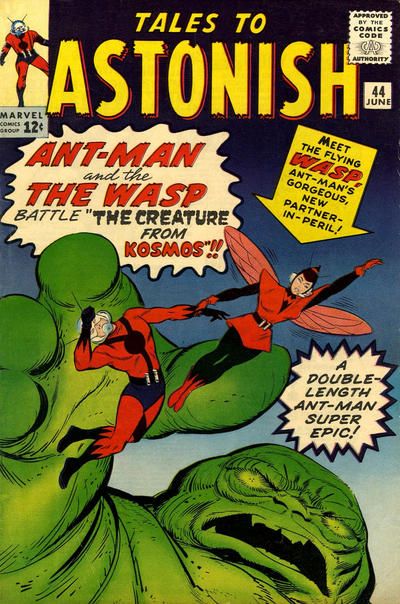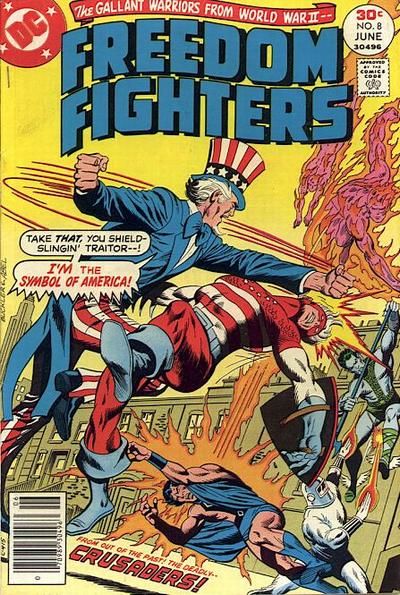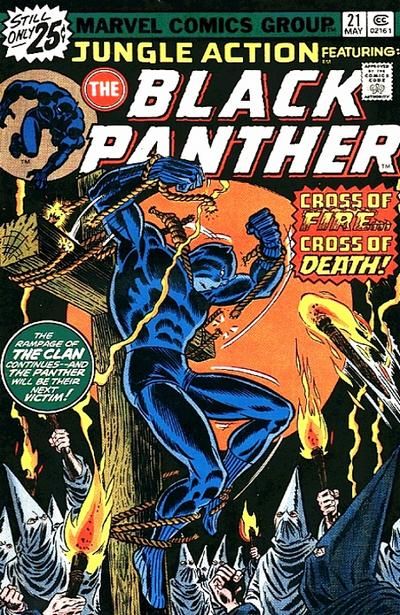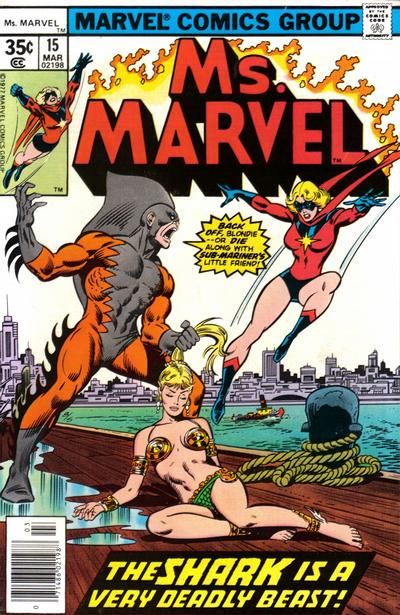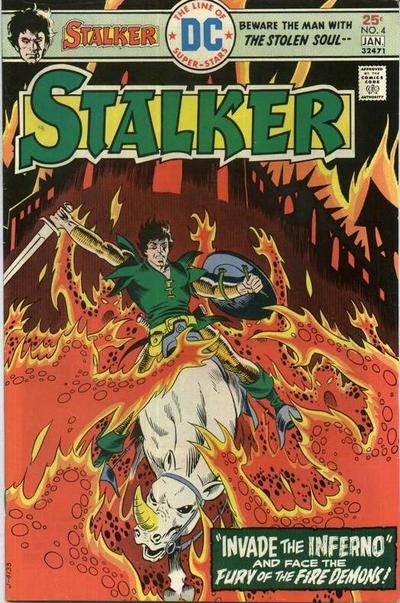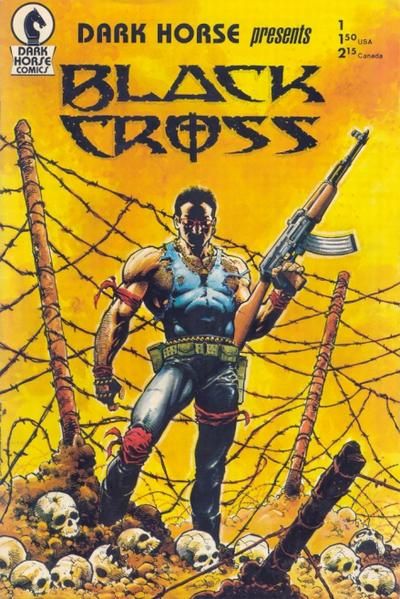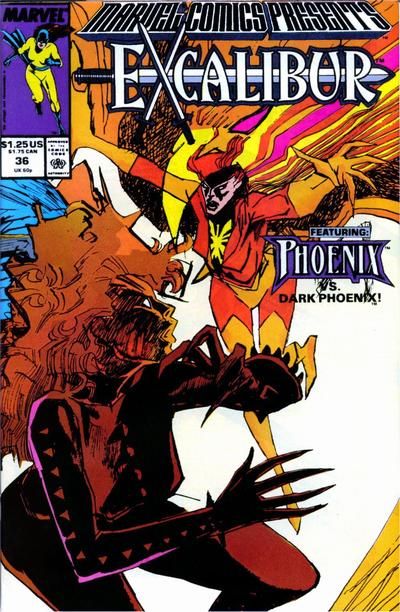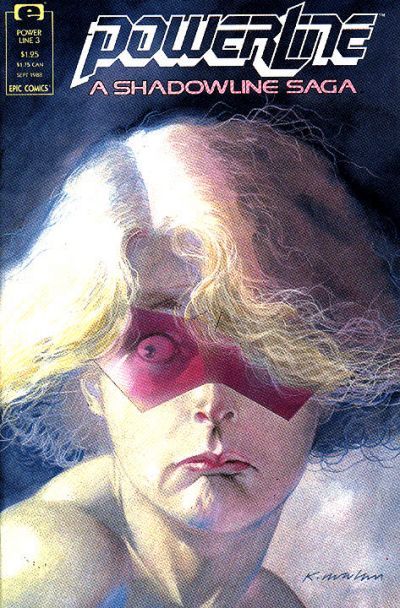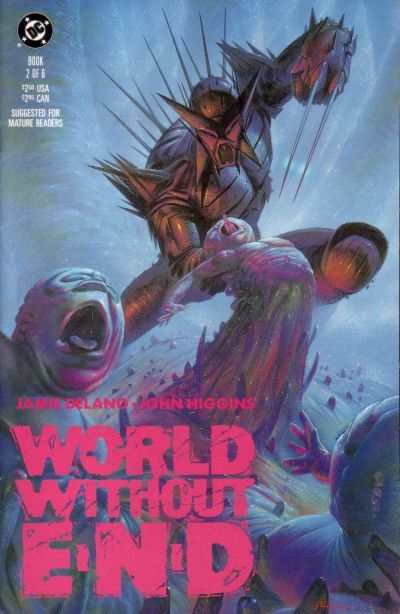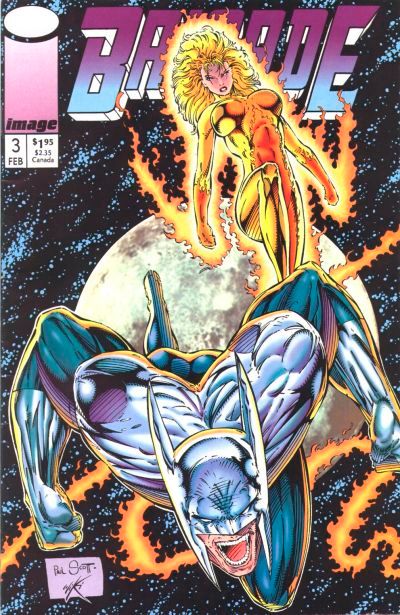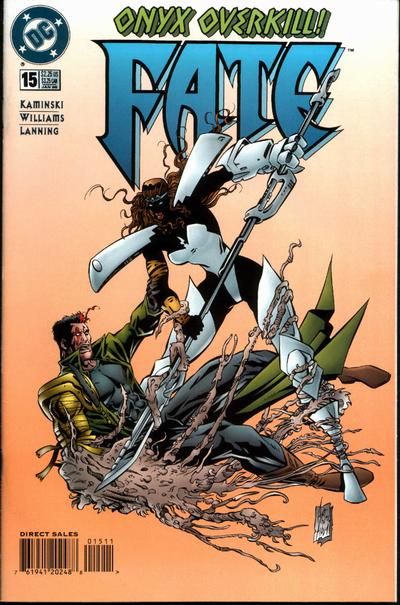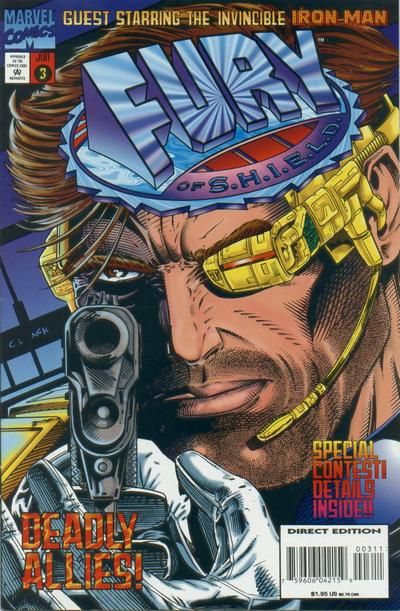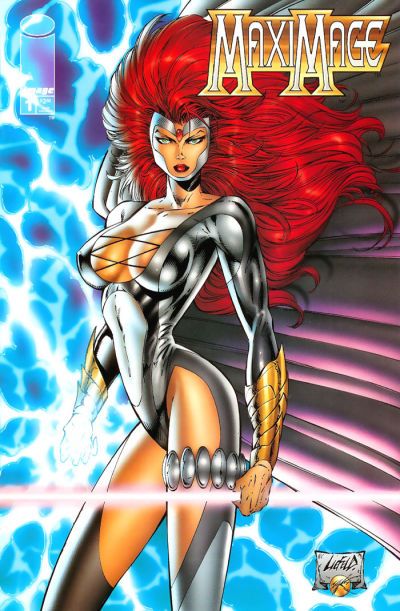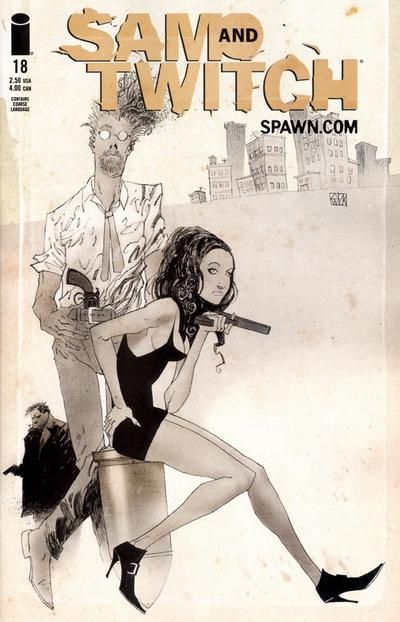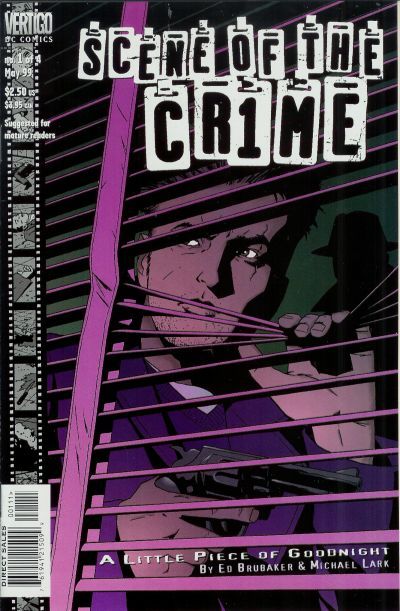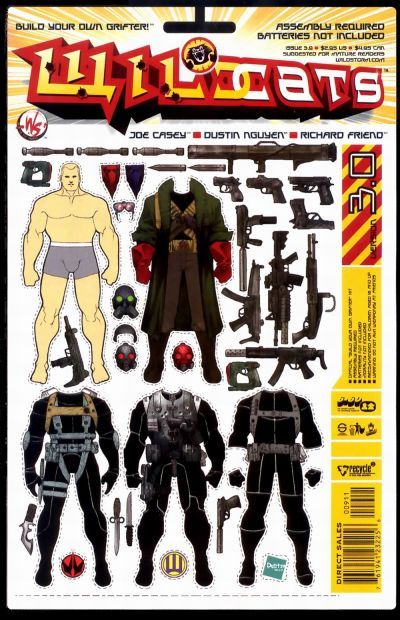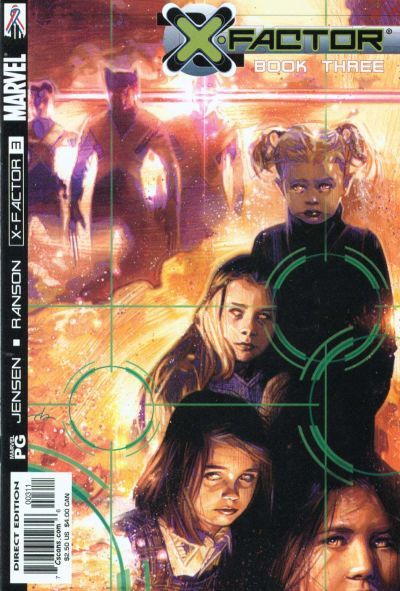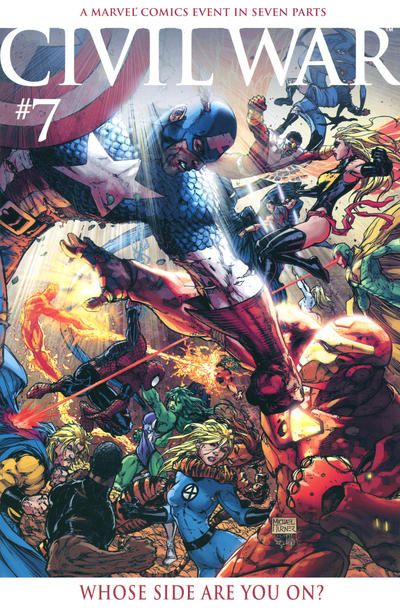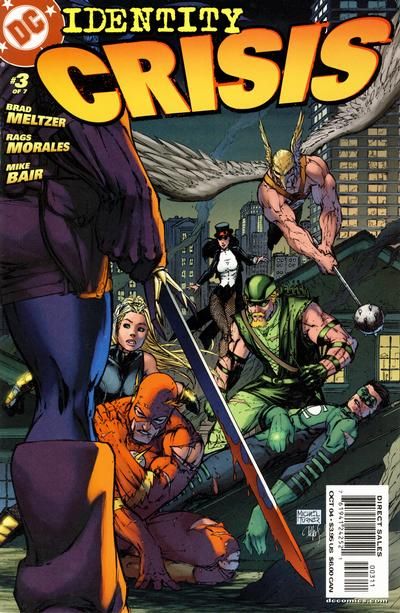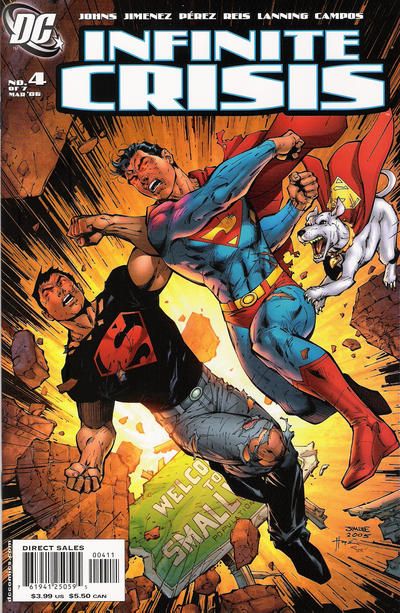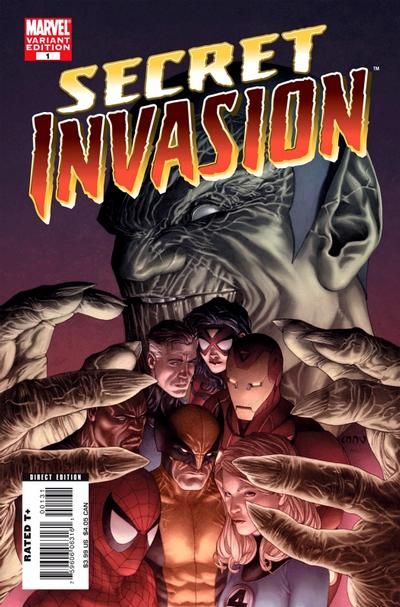I doubt if anyone is nominating the "Golden Age"!
I have argued, twice before, that we're living in the Golden Age of comics, simply because of the sheer diversity of the product and the accessibility of it all (those links are old; the second one has those formatting problems that older entries on this blog still have). In that first link, I argue for new classifications of the eras of comics, but I'm not going to do that here. I'm just curious if we're able to move beyond the "Iron Age" of comics yet, and I'd like your help!
So let's break down the generally accepted "ages" of comics before moving on to speculation:
1. The Golden Age (mid-1930s-early 1950s). Most people begin this in 1938 with Superman's debut, but would the actual debut of comic books with original content (in, what, 1935?) count better? Whatever, this is the Golden Age. Lots of superheroes showing up, a burst of creativity, the war providing plenty of plots (man, Hitler was a good villain!), and after the war, the slow loss of sales, the rise of EC, and politicians freaking out about things that are none of their business. Hey, wait, nothing has changed!
2. The Silver Age (1956-1971). Again, the Silver Age is pretty much well-defined, from the reintroduction of the Flash in Showcase #4 to Amazing Spider-Man shipping without the Comics Code because, you know, drugs! So, yes, if you're wondering, Spider-Man ruined comics. Happy now, Spidey? Here we have "science" becoming more prominent in superhero comics, the rise of Marvel and their attempts to be hip (in comics written and drawn by Mr. Lee, age 39, Mr. Kirby, age 44, and Mr. Ditko, the youngster at age 34). DC counters by ... well, by making Batman dance a silly dance and fight King Tut and having Wonder Woman become Diana Rigg. Hey, whatever works, man!
3. The Bronze Age (1971-1986?). I imagine most people say this "age" runs until 1986, a watershed year in comics. In that year, DC swept away the vestiges of the Silver/Bronze Ages with Crisis on Infinite Earths, Frank Miller redefined Batman with The Dark Knight Returns, and Alan Moore and Dave Gibbons did Watchmen. These events tended to wipe the slate clean and signal that comics had "grown up." This is hogwash, of course, but that's the perception. And, if comics have grown up, we need grown-up comics! 1986 also saw the founding of Dark Horse, which is fairly significant. Other independent comics companies were founded earlier, but none (with the possible exception of Image) has been as successful as Dark Horse. The actual Bronze Age was marked by the Silver Age conventions of storytelling but with more mature themes, which made for some bizarre comics. It was also a time when Marvel and DC threw quite a lot at the wall to see what stuck and they allowed their characters to grow up a little, which is no longer the case.
4. The Iron Age/The Dark Age (1986-1992). This is a contender for the next "age" of comics, but it's here where consensus breaks down (I suppose the end of the "Bronze Age" is where it really breaks down, but that's the beginning of this age, so there!). Many people will tell you we're still living in the Dark Age, as "comics growing up" in the 1980s meant that every writer could now put as much disembowelment and rape into a mainstream superhero comic as they could stand, and everyone would love it! I would argue that this age actually didn't last that long, because the new age began in 1992. Which Age is that?
5. The Baroque Age/The Image Age (1992-1998). The founding of Image in 1992 has to be considered a shift in the comics paradigm, whether for good or for ill (your mileage may vary). In the late 1980s/early 1990s, as everyone tried to copy the success of The Dark Knight Returns and Watchmen, they not only tried to write comics that mimicked those two, but they also began to realize that Frank Miller and Alan Moore (poor Dave Gibbons, getting ignored like that!) were doing all right for themselves as recognized talents who could move units even if they worked on books that didn't sell traditionally well. So all those hot-shit artists at Marvel decided to form their own company and do thinly-veiled analogues of the characters they were already working on! Meanwhile, Marvel and DC, who had missed the point of DKR and Watchmen, missed the point of the artists leaving and flooded the market with less talented clones of the Image founders (a less talented clone of Rob Liefeld ... brrrrr). I prefer to call this age "baroque" because the comics remained rooted in the past while becoming more and more excessively ornamental. Certain creators tried to push the medium forward, but the Big Two were locked into a style that didn't allow them to change, and they simply kept upping the ante instead of changing with the times. If this sounds disturbingly familiar, it should, but what papered over the veneer of rot was the speculator market. Once that imploded, it was time for a new age to begin.
6. The Dynamic Age (1998-2004). The turn of the millennium was a good time to be a comics reader, especially after the implosion of the speculator market and the wretched comics that came out in the mid-1990s. At Marvel, Bill Jemas and Joe Quesada started changing things, with the Ultimate line (which began in September 2000) and the MAX line (which began in September 2001), as well as continuing the Marvel Knights line (which began in 1998). Marvel also brought in Grant Morrison (he had done Skrull Kill Krew a few years earlier, but he had been a DC guy for his entire career), who gave readers tremendous work on Marvel Boy and X-Men (and okay work on Fantastic Four). In the late 1990s, DC tried a lot of new series, many of which didn't stick but which gave us some interesting and, more importantly, forward-looking comics (Major Bummer and Chase are, I guess, the two best, but DC had a lot of other cool stuff), and after they bought Wildstorm, we got a glut of superb comics from that imprint: StormWatch (which predated DC's purchase but led to The Authority), Wildcats 2.0 and 3.0, League of Extraordinary Gentlemen (before DC screwed the pooch on that one), Planetary, Tom Strong, Promethea, Top 10, The Monarchy, Automatic Kafka, and Global Frequency, just to name a few. Image, which had been publishing the founders' Marvel and DC knock-offs, started branching out, too - they brought in Bendis in 1997, and slowly started diversifying, bringing in interesting creators and allowing them to do a lot more eclectic stuff instead of simply the "bad girls" comics that had characterized the "Image Age." Readers got some great, great comics out of the big companies, and the independents were doing a lot more diverse stuff.
7. The Modern Age (2004-Present). I don't know what to call the age we're in now. "The Geoff Johns Age"? "The Nostalgic Age"? "The Decompressed Age"? "The New Dark Age"? When Jemas left Marvel (circa 2004) and when Dan DiDio rose to prominence at DC (also 2004, when he became Executive Editor), mainstream superhero comics entered a new phase, one I'm not terribly happy with. Interestingly, Geoff Johns began writing Green Lantern in 2004, as well. And Brian Michael Bendis began writing The Avengers in 2004. These two writers have become, for better or worse, associated extremely closely with the directions of their companies, hand-in-glove with Joe Quesada (as Editor-in-Chief of Marvel) and DiDio. The recent past in superhero comics seems ridiculously concerned with the past and returning characters to their roots or even bringing them back after they've been replaced, this time with an extra helping of ultraviolence. Whether you like that or not (I don't), it's the kind of thing we get these days, and anyone pushing against that is swimming against the tide. That's why I think "The Nostalgic Age" is a good name for this modern period - comic book characters, more than any time in their history, have become calcified and static, so that even the slightest change is disallowed or written away as soon as possible. Comics have become cyclical instead of linear (again, more than the were in the past, because they've never changed that much), building up slowly to the next event, which clears the decks and leads into the build-up to the next event. It's vexing. Of course, the independent market has grown very much in the past decade, and while I'm not sure if it rivals the "Independent Golden Age" of the 1980s, it's still strong.
I realize a couple of things about this list: the time periods blend very easily into each other - 1956 might be the only hard and fast date, although I think most people agree that 1971 ended the Silver Age, as well; and for the most part, I'm ignoring independent comics. When we speak of the Golden Age and Silver Age, we're kind of ignoring independent comics anyway, so I feel like I can do it, too. With those caveats, this is my list. What think you, good readers? Can we reach a consensus for the ages of comics, even though it doesn't really matter and is just something nerds like to do?
(All the covers are from the Grand Comics Database, because it's awesome. I found quite a lot of interesting titles to feature on Mike's Amazing World of Comics, which is an excellent site. The Internet is a groovy place, people!)


